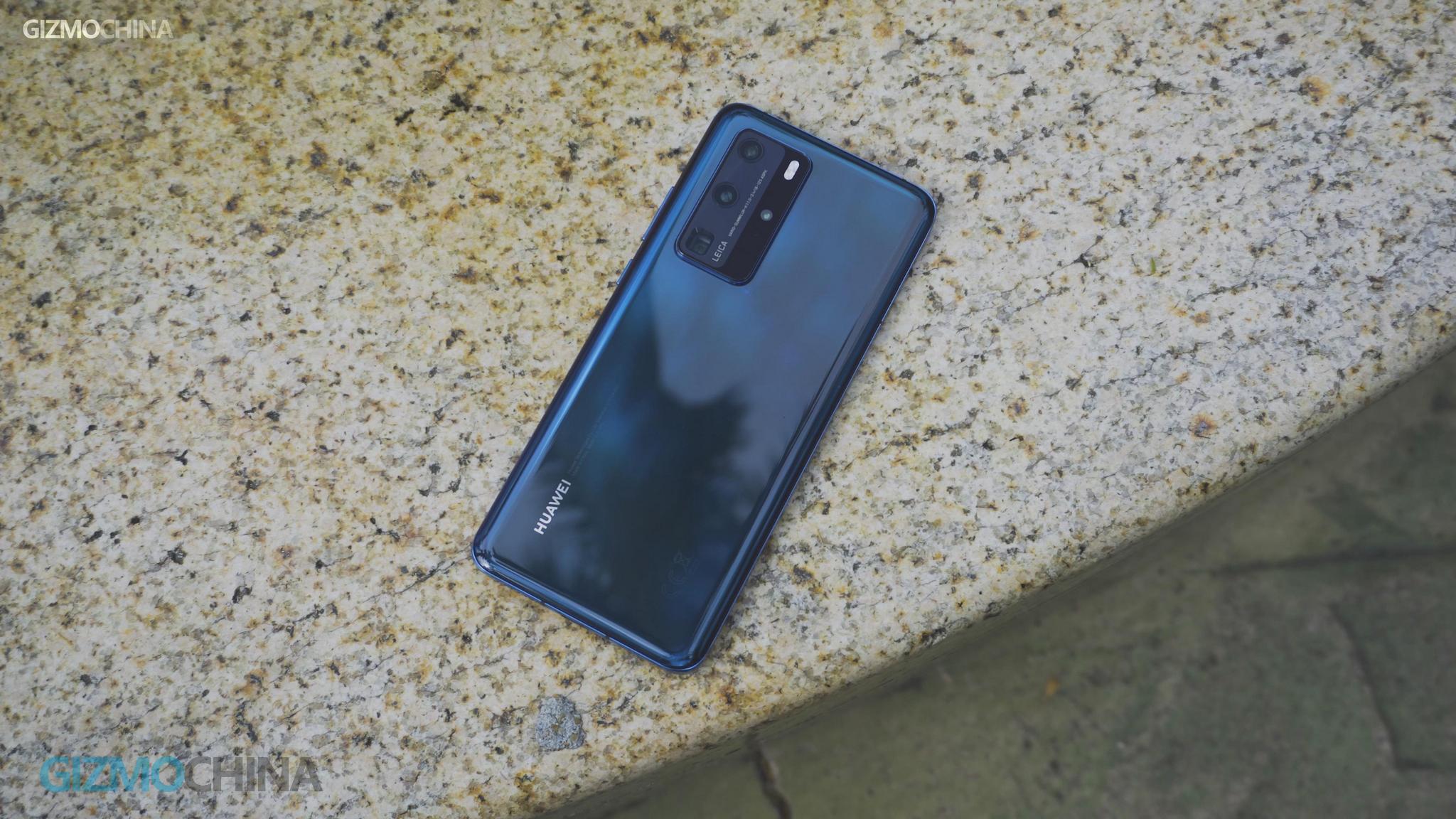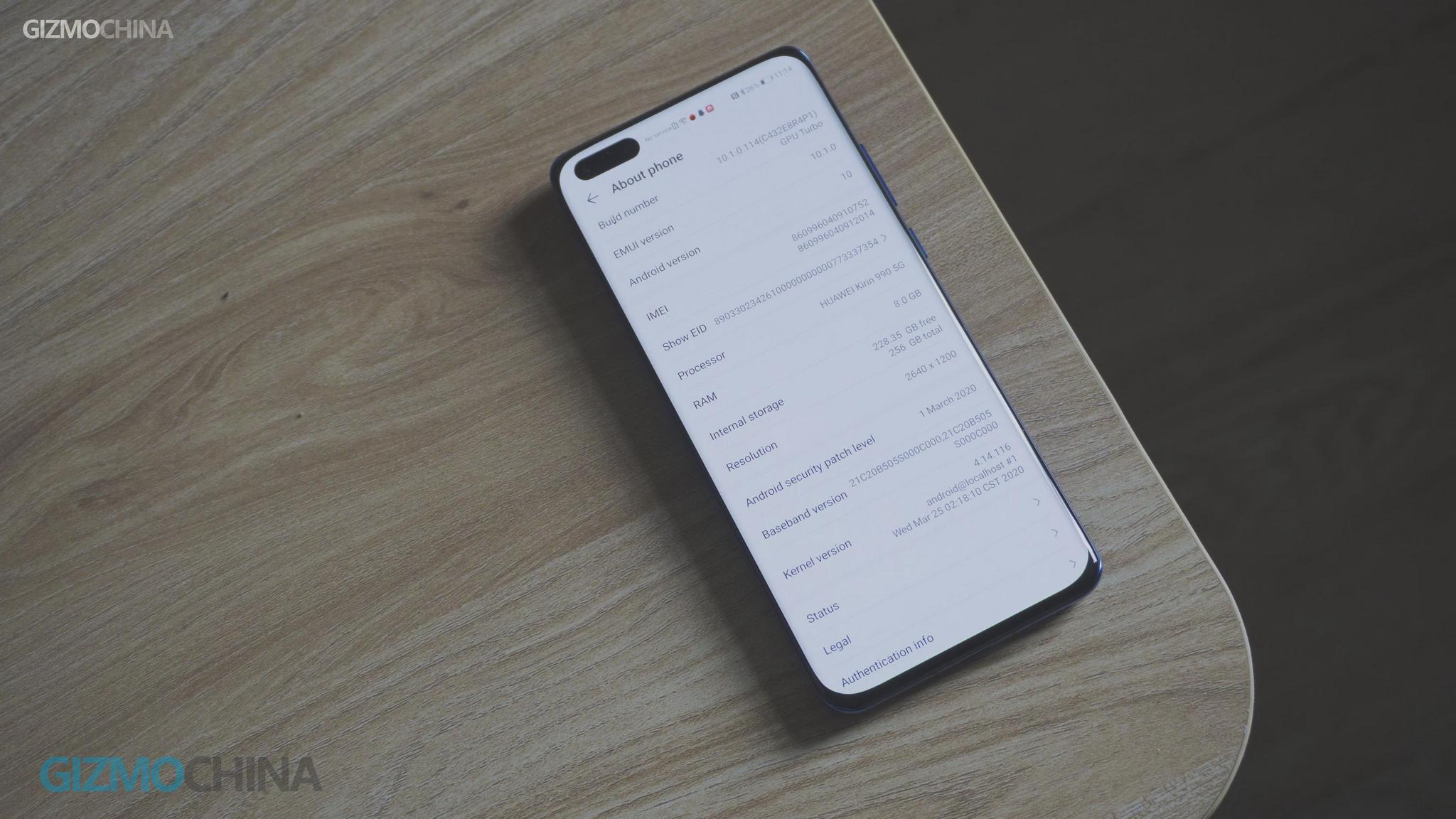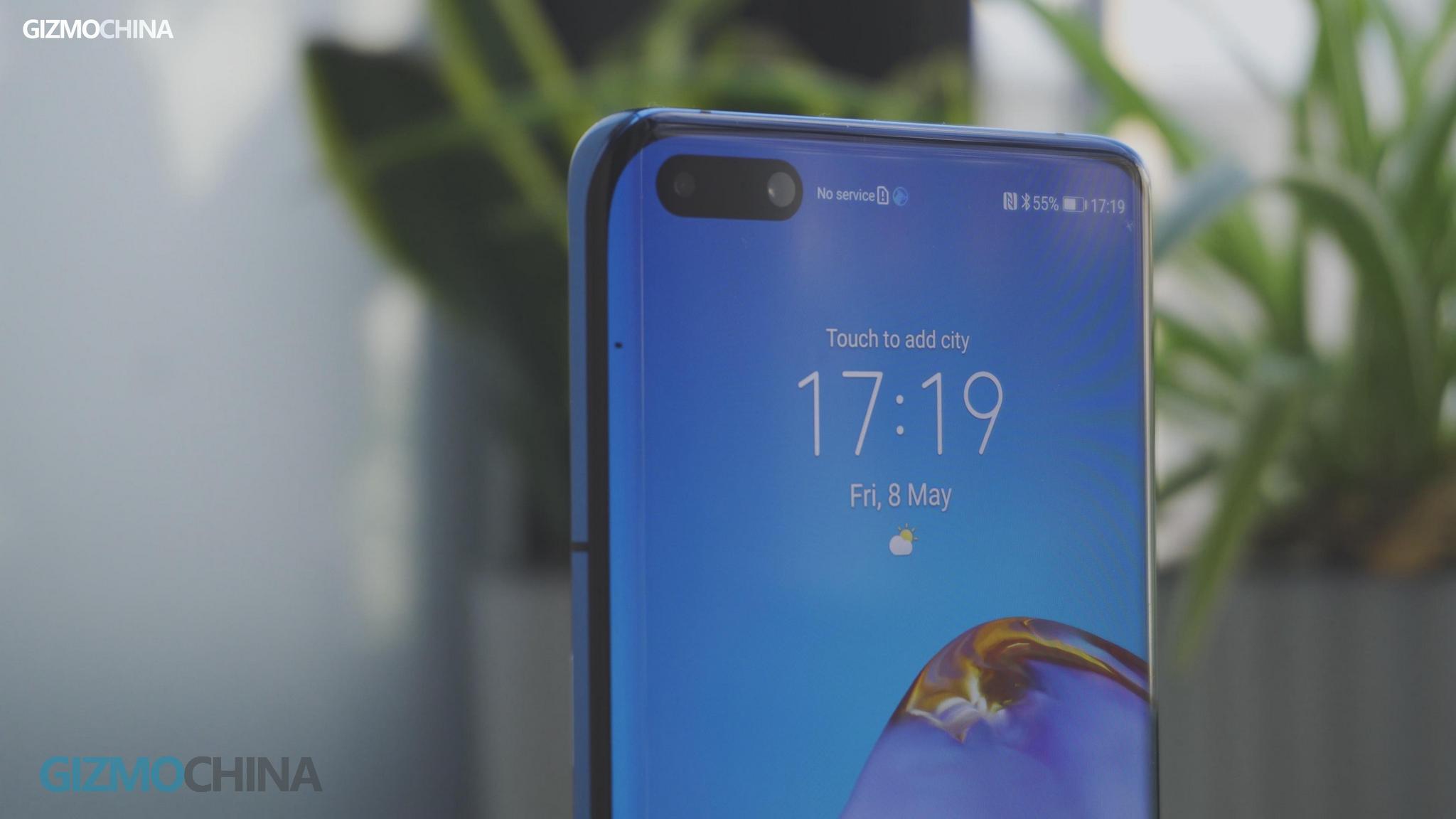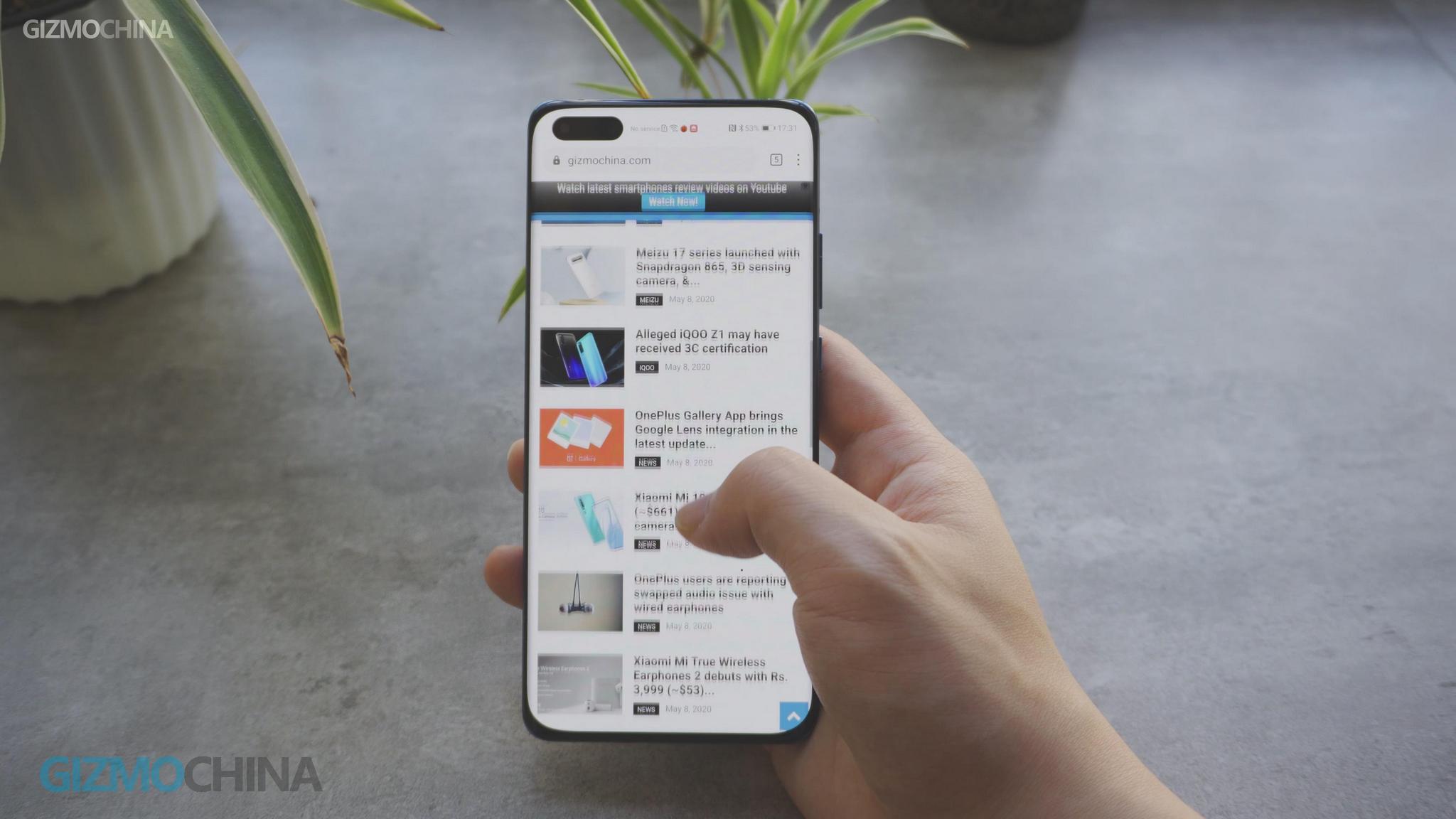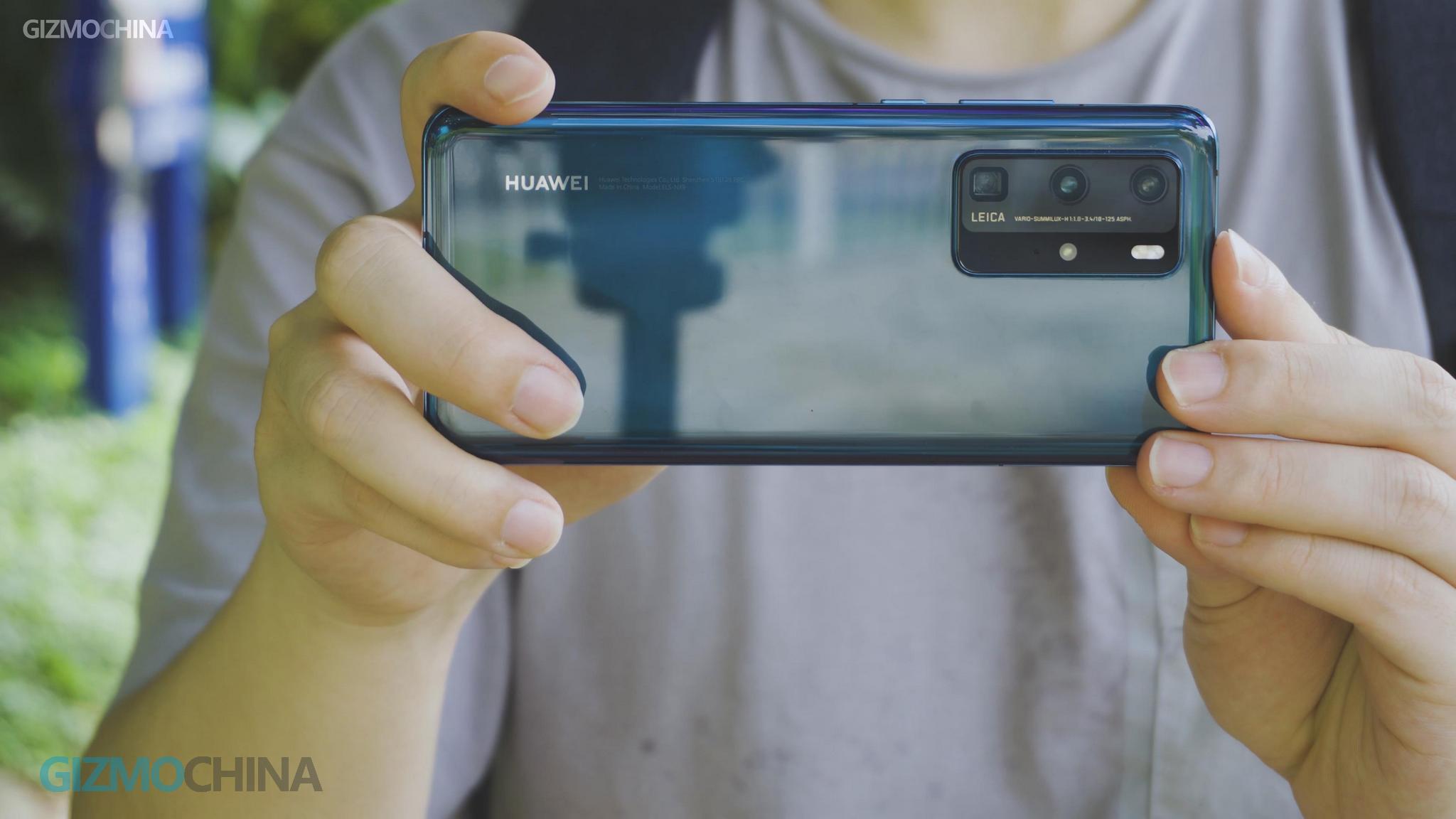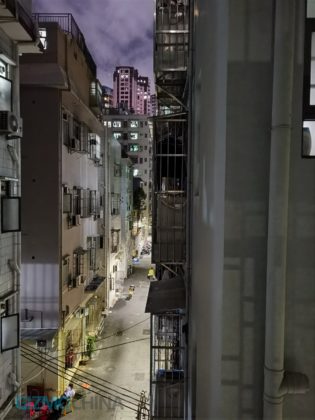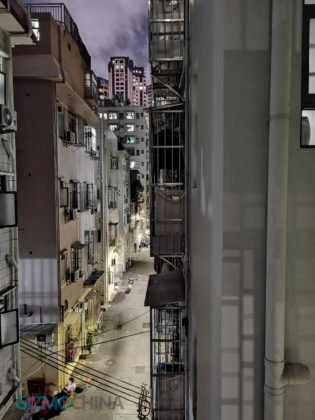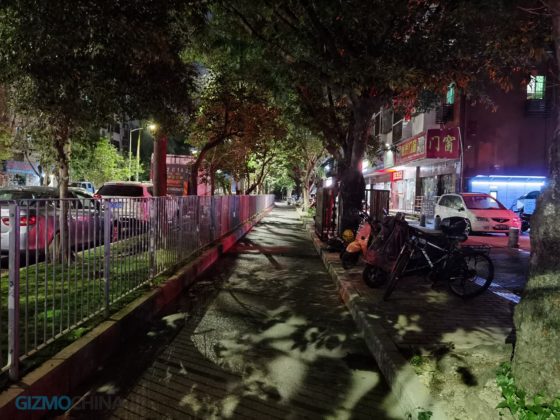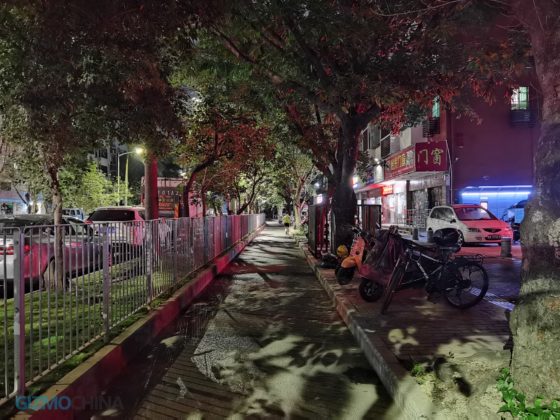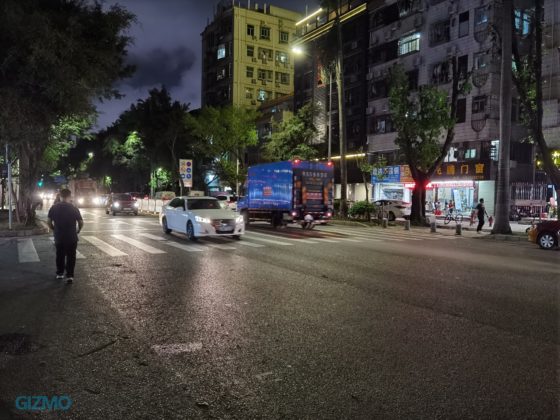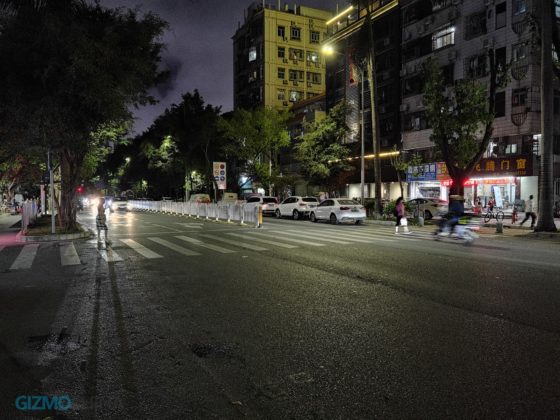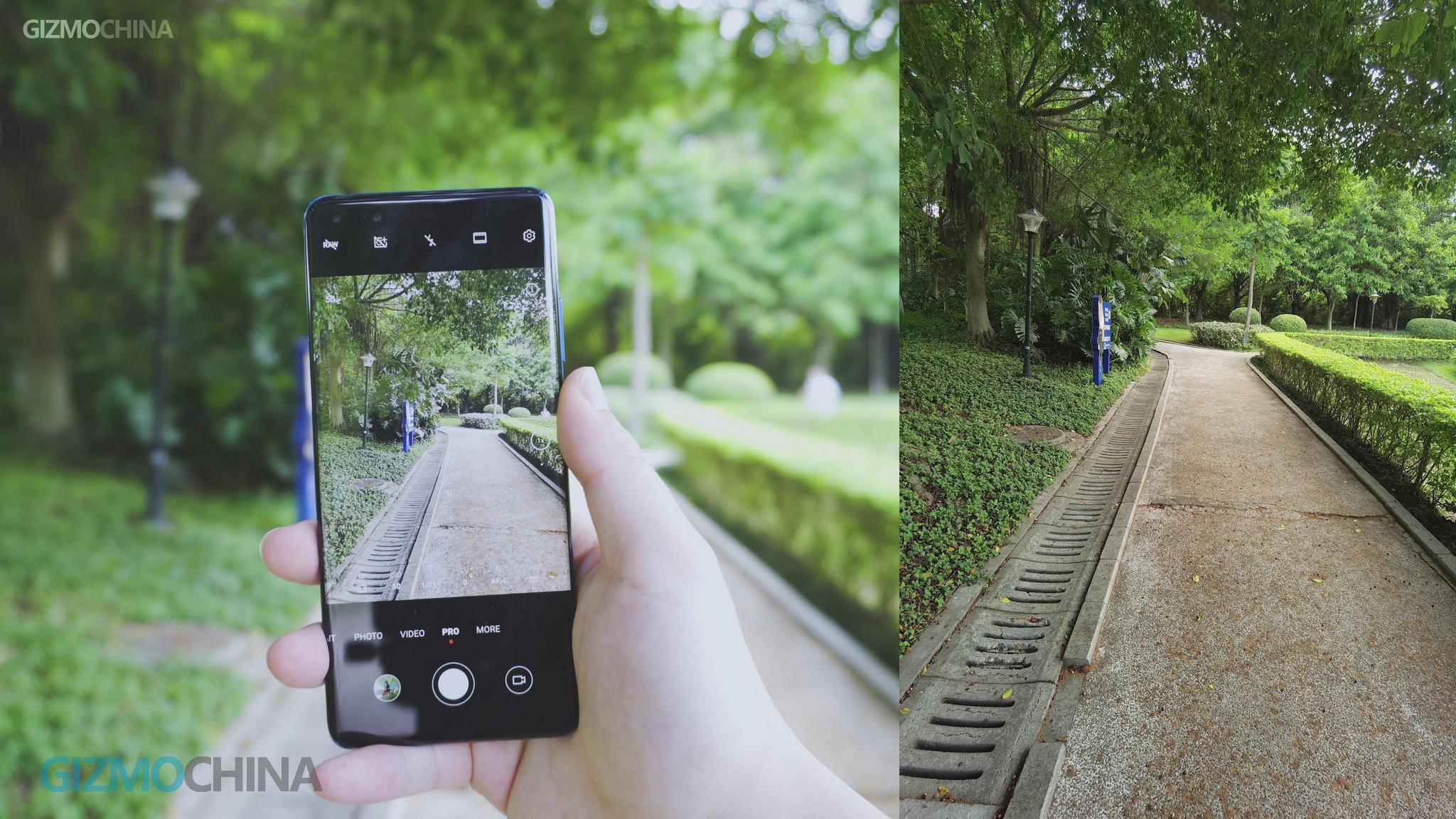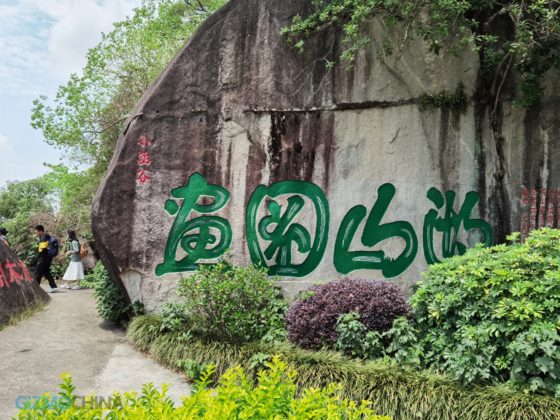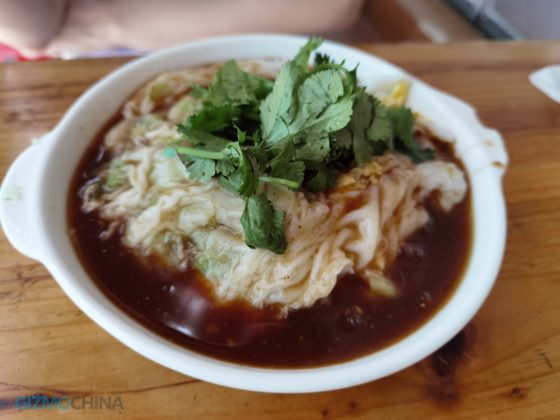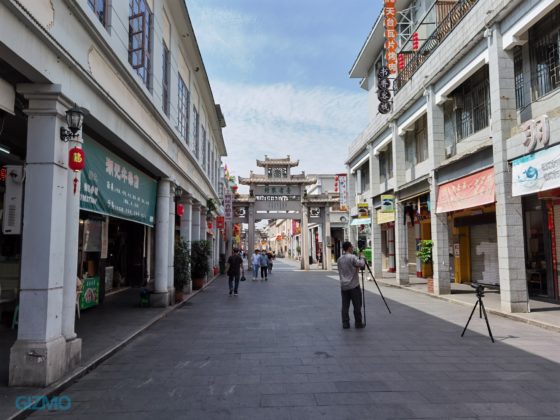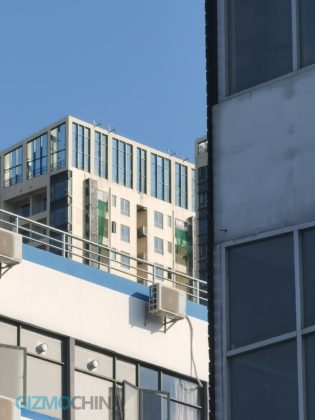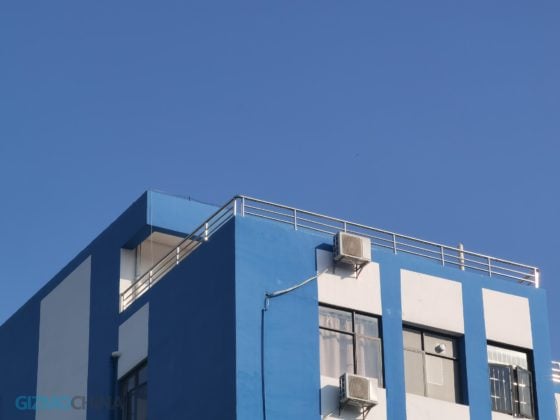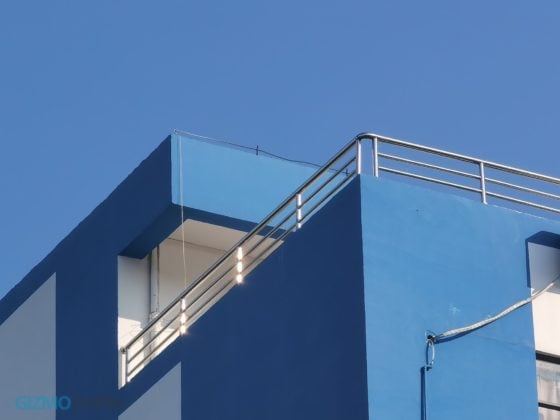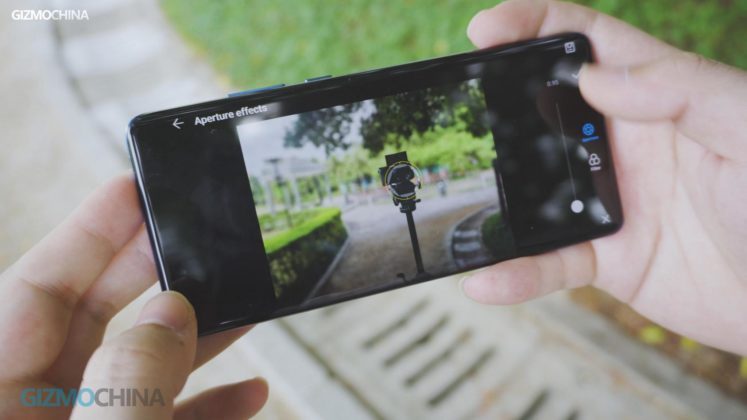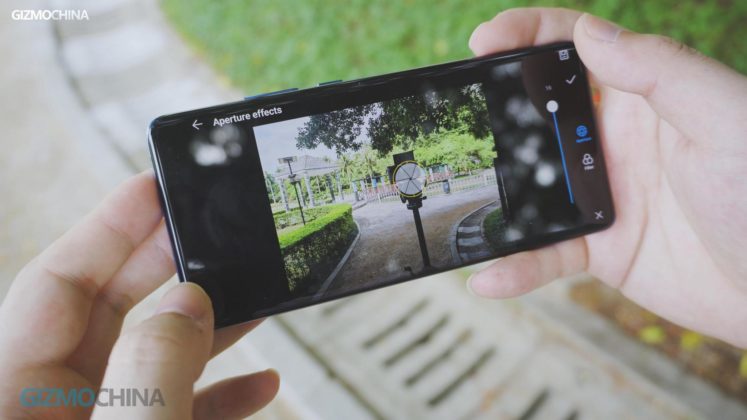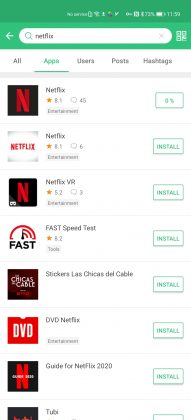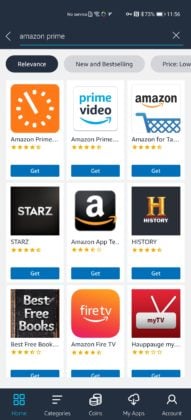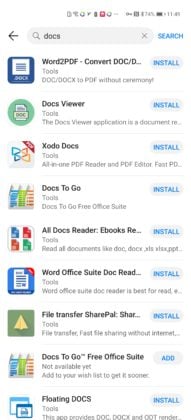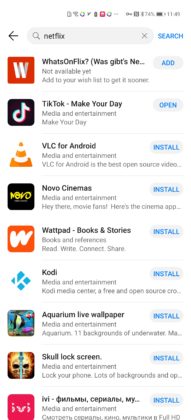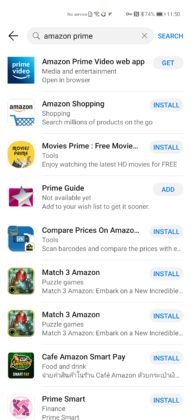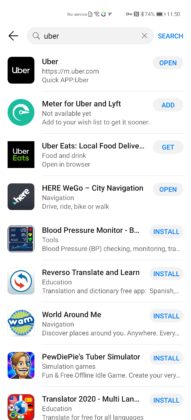For many, Huawei is currently a troubled smartphone company. The brand has been targeted by the US as well as other countries since 2019. In fact, Huawei is currently banned from using technology or components from any US companies, including software from Google.
This caused some trouble for the world’s second-largest smartphone maker. But it’s not as bad as you think.
If you look at the figures, Huawei was the only major Chinese smartphone brand to grow in sales in the first quarter of 2020 in China, though Chinese smartphone sales dropped by an unprecedented 22% during the same period due to Covid-19 outbreak. Amazingly Huawei saw a 6% rise to 28.7 million phones, capturing a 39% share of total smartphone sales.
So it’s clear that Huawei wants to fight back and its latest smartphone, the Huawei P40 Pro is going to be a strong weapon in this fight. So, let’s take a deeper look at the Huawei P40 Pro and what it brings to the table. The phone has several USPs to take on the big players in the market and is currently the best camera smartphone on DxOMark.
Huawei P40 Pro Display
The display of the P40 Pro looks amazing right from the start. Huawei designers redesigned the curved edges for maximum display coverage. They call it the Quad-curve overflow display. But if we look at it closely, although it does reach a wonderful visual experience, the hole-punch of the dual cameras still leads to an imperfection that we have to accept. Without the hole, the display would have been perfect to look at.
That said, having two selfie shooters upfront does have its advantages. The selfie cameras have an excellent aperture of f/2.2 and support auto-focus even in 4K video. So, if you are looking for a smart vlogging device with great selfie cameras, the quality of the front cameras should offset the slight imperfection in its looks for most people.
Another feature of the front cameras is that it supports facial ID IR unlock which is very secure.
As for the display quality, the P40 Pro features a 6.58-inch OLED display with a 2640 x 1200 resolution, which is close to the 2K resolution and much better than 1080P smartphones. Compared to the last model of the P30 Pro, the clarity and color accuracy is also improved a lot. But pay attention here, the most accurate color mode is the standard color mode. Under the standard mode, the average delta E is only 1.0 and the P3 gamut coverage reaches 99%. In addition, the P40 Pro display has a 90Hz refresh rate. Working with the Kirin 990 Soc, so far, the P40 Pro is one of the most fluid Android phones I’ve tested.
Coming to its back cover, Huawei updated the phone with a new industrial design including the technology of Anti-glazing glass and a new arrangement of the quad-cameras. The P40 Pro in our hand is not the silver version with anti-glazing glass, but I love the silver version which I tried out at the Huawei store in China. The silver variant has such a comfortable touch feeling and amazing reflection effect under all lighting scenarios. It felt like and looked like the Rear material of the OnePlus 8 Pro, which is also using the anti-glazing glass technology.
So I prefer that silver model over this Deep Sea Blue color. That said, the Blue color model that I have will satisfy most users who are looking for a dark shade.
Huawei P40 Pro Hardware
The Huawei P40 Pro runs on Huawei’s latest Soc, the Kirin 990 5G. Though the Kirin 990 may not be able to defeat the Snapdragon 865 in most benchmark apps, it is hard to sense the gap between these two chips in daily use. And thanks to the optimization of the hardware and software, the P40 Pro is able to make full use of the 90Hz display in some games.
For example, in PUBG Mobile china version, it supports the 90fps mode and in our gaming test, it did run an average framerate of 89.5 without obvious jank problem.
And then we moved to the 3D mark tests to check out its GPU performance. The results showed that the P40 Pro can defeat 98% of all the tested phones. From the tests we did, the P40 Pro did match our expectations for a 2020 flagship. Although it’s not a gaming phone, Huawei still designed a gaming phone case for the P40 Pro. With the case on, you will have two more shoulder buttons to have a more comfortable gaming operation. Even so, the gaming experience isn’t going to be the USP of the P40 Pro. Because the best part of the Huawei P40 Pro is its cameras.
You can check out our detailed gaming performance test in the review video added at the start of the article.
Huawei P40 Pro Cameras
The most important selling point of the P40 Pro is still the cameras. And this time the camera setup is a bit aggressive. This means the phone features a large-sized lens, a larger CMOS sensor for the primary camera, and feature-rich camera arrangement. All of these changes have made it become one of our most anticipated camera phones in 2020.
First is the 50MP customized main camera with a 1/1.28 inches sensor, matching with the RYYB CFA, allowing 40% light to be absorbed by the sensor. The new sensor can provide not just better sensitivity but also better light capture, which means it is capable of handling even poor lighting conditions. And we will show how good it performs with the camera samples added in this review.
But it’s not just the primary camera, the 40MP ultra-wide cine-camera is another important upgrade. It is designed not just for wide-angle photography but also for movie filming. Like the primary camera, it can also shoot up to 4K 60fps video to simulate the production of a cine camera.
And then, to cover a wider range of focus, the P40 Pro is equipped with one more 12MP 5-time optical telephoto camera, which uses the RYYB periscope structure and OIS anti-shaking technology. So, these three cameras actually try to simulate a practical zoom camera. If we consider more practical camera movement, the OIS anti-shaking of the telephoto camera and the primary camera helps a lot when panning or tilting, but due to the lack of smooth switching between cameras, camera zooming on the P40 Pro doesn’t achieve the same result as professional cameras can do.
If you want to take some zooming shots, just make sure that the zooming range stays from 0.8 to 8.5 times, or it stays over 8.5 times. Because you will notice the change in resolution when you switch between these zoom ranges.
And the last camera is a ToF camera, which assists the other cameras to calculate depth information. It will help improve focusing speed and optimize the bokeh effect.
Let’s look at some samples.
Well, I have to say the P40 Pro is definitely the best phone for photography. Not just because it has the best primary camera, but also the best secondary cameras. Huawei has given us the best results they’ve developed. The white balance is much more accurate than the last few generations of Huawei flagships. And thanks to the larger sensor, all the samples shot by the main camera were able to produce amazing exposure latitude. For example, in these few samples, the exposure took good care of both brightness and shadow areas and especially saved great detail of shadows.
Saturation has always been the strength of Huawei phones. That’s no exception for the P40 Pro. The 40MP wide-angle cine camera also did a good job as the main camera. The wide-angle image quality was even better than some other flagships’ main camera. Generally, on most smartphones, shooting a wide-angle photo would give me a sense of isolation due to the hardware gap between a primary camera and a wide-angle camera. Usually, it was revealed as different resolutions, diverse applicable camera settings, different image colors, and the shooting experience gap. But on the P40 Pro, this feeling was almost gone. You don’t have to think of the best settings for the wide-angle camera, and the image quality was also wonderful. It’s just like a second primary camera with a wider view.
And the 5x optical telephoto camera was far more practical than the P30 Pro. With the help of the OIS anti-shaking, it’s pretty easy to hold it in hands and shoot perfect long-focus photos with stable preview. Another highlight of the camera performance is night mode. This time Huawei upgraded their night-scene solution. In the last few Huawei flagships, maybe you would see amazing brightness improvement when turn on the night mode. The new solution made it become much smarter. The higher brightness has been done in the normal mode. If we turn on the night mode, the Ai will help us balance the exposure of the whole image and make sure there is no color deviation problem which was an issue with the P30 Pro.
Thanks to the ToF camera, Huawei’s aperture mode is more accurate for distance detection. Under the aperture mode, we were able to adjust the bokeh effect after the shooting, which gives us a second chance to get what exactly we want.
In addition, Huawei also provided some interesting filters including 3 Leica filters and several other emotional filters. You can use these filters to change the mood of your shots, giving you greater creative freedom.
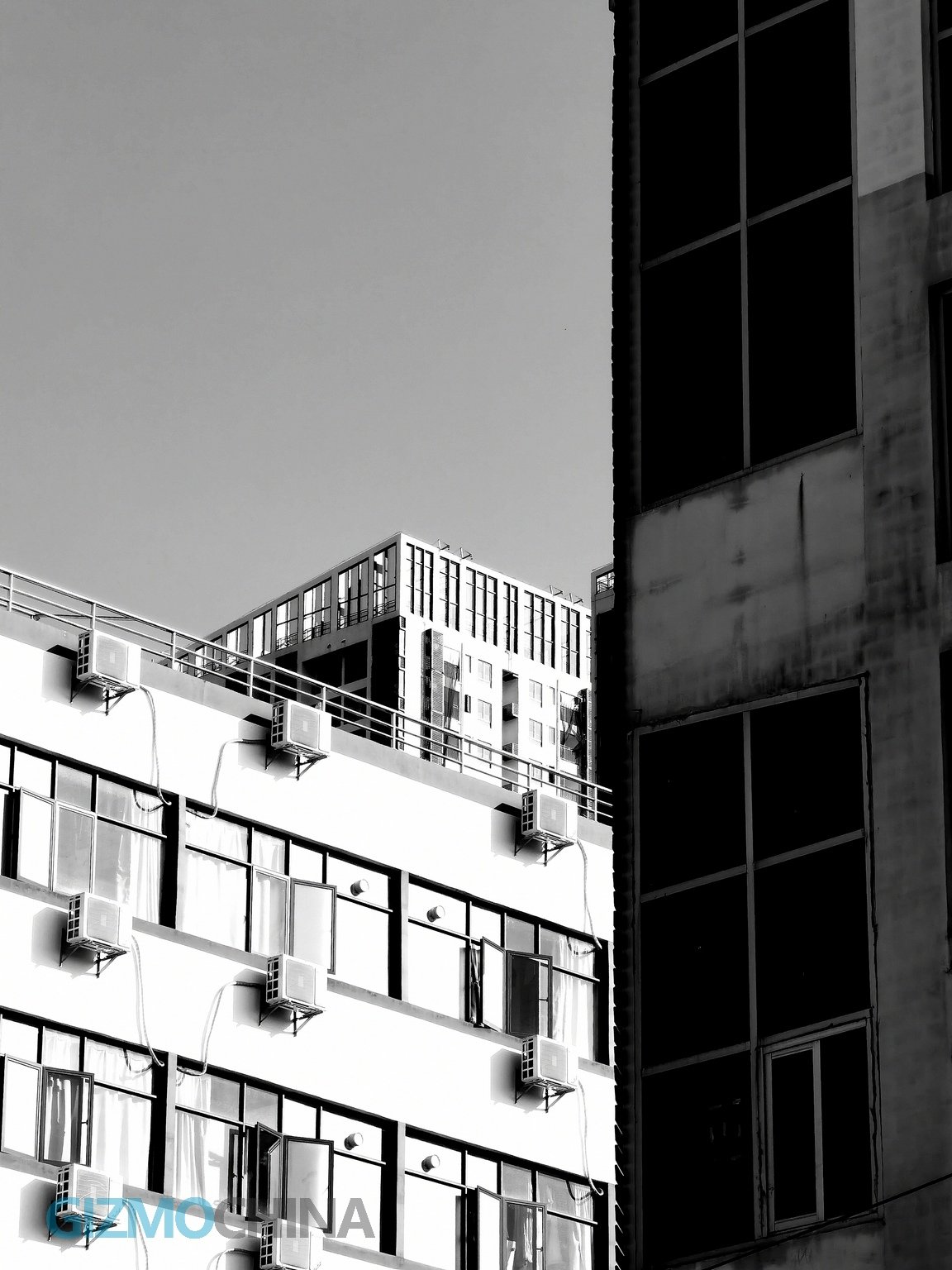
About its filming capability – check out our review video above to see the video sample.
You can get all the original camera samples from here.
Note that I have one complaint about the device. When we shoot photos on the P40 Pro, the preview image was not as good as what the phone can really produce. It’s less clear and less detailed. It’s not a big problem, but sometimes the inconsistency would affect my confidence to press the shutter button. And eventually, I found that my worries were unnecessary. The phone managed to capture crisp images even if they didn’t look too good in the preview window.
Huawei P40 Pro Battery Life
About the battery and charging, the P40 Pro is also at the flagship level. 25-min charging with the included 40W charger can bring back 50% power, and it took only 1-hour to get it full-charged. And it also supports up to 27W wireless charging.
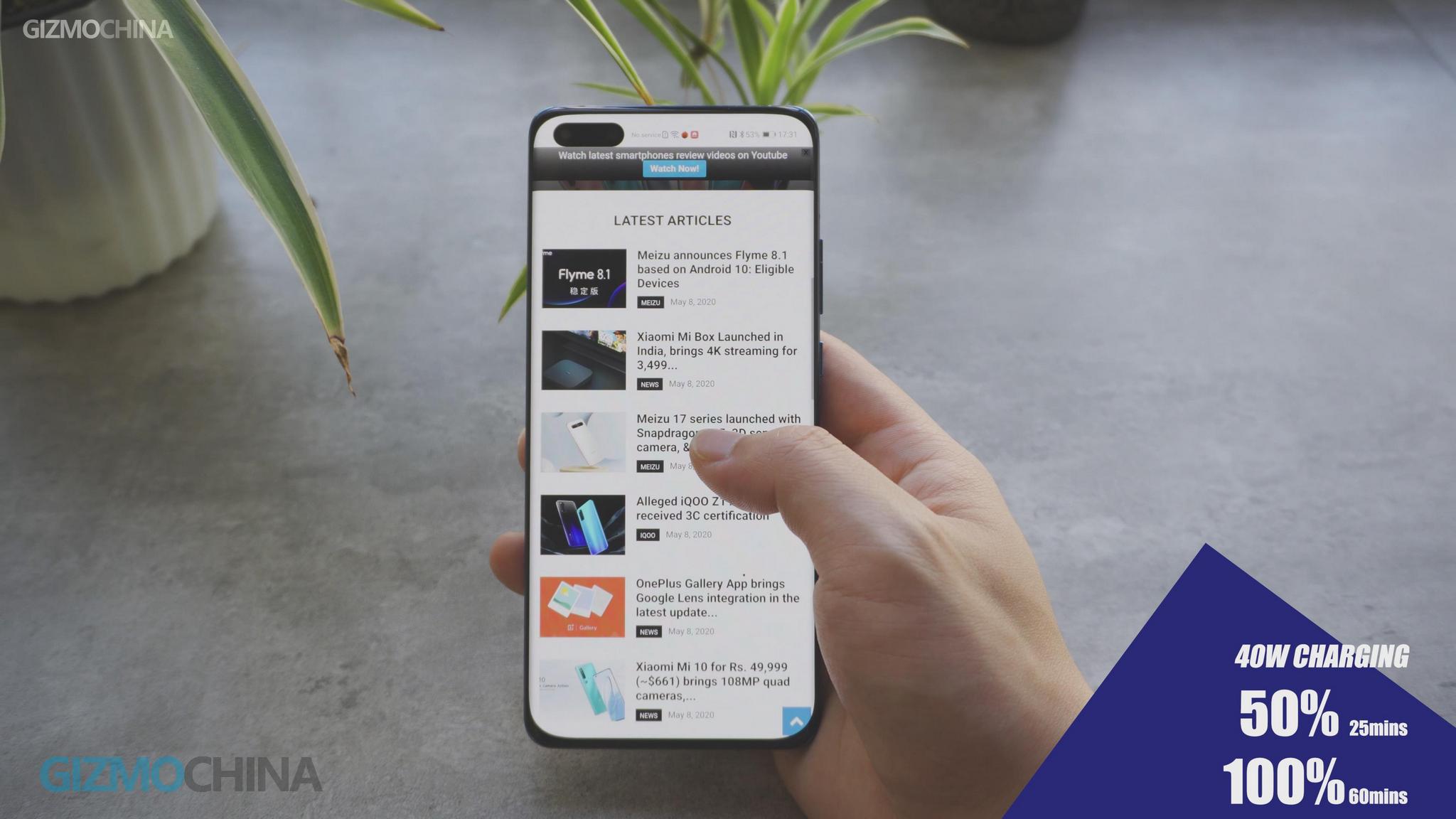
As for software, Huawei’s AppGallery has a number of Google app alternatives like Here Maps. But there still might be some apps missing which can be downloaded via alternate apps stores like Amazon app store and even APK Pure. Using these three apps stores together, we could use most of the popular apps found on the Play store.
So that’s the end of our Huawei P40 Pro review. There’s no doubt that the P40 Pro is the best camera phone that we’ve seen so far in 2020, and shooting photos on the P40 Pro is both easy and satisfying. The phone has everything you need from a 2020 flagship and if you are okay with using Google App alternatives, we would definitely recommend this device to everyone who’s looking for a powerful camera smartphone.
UP NEXT: Huawei Kirin 1000 SoC manufactured using 5nm process to launch this year

